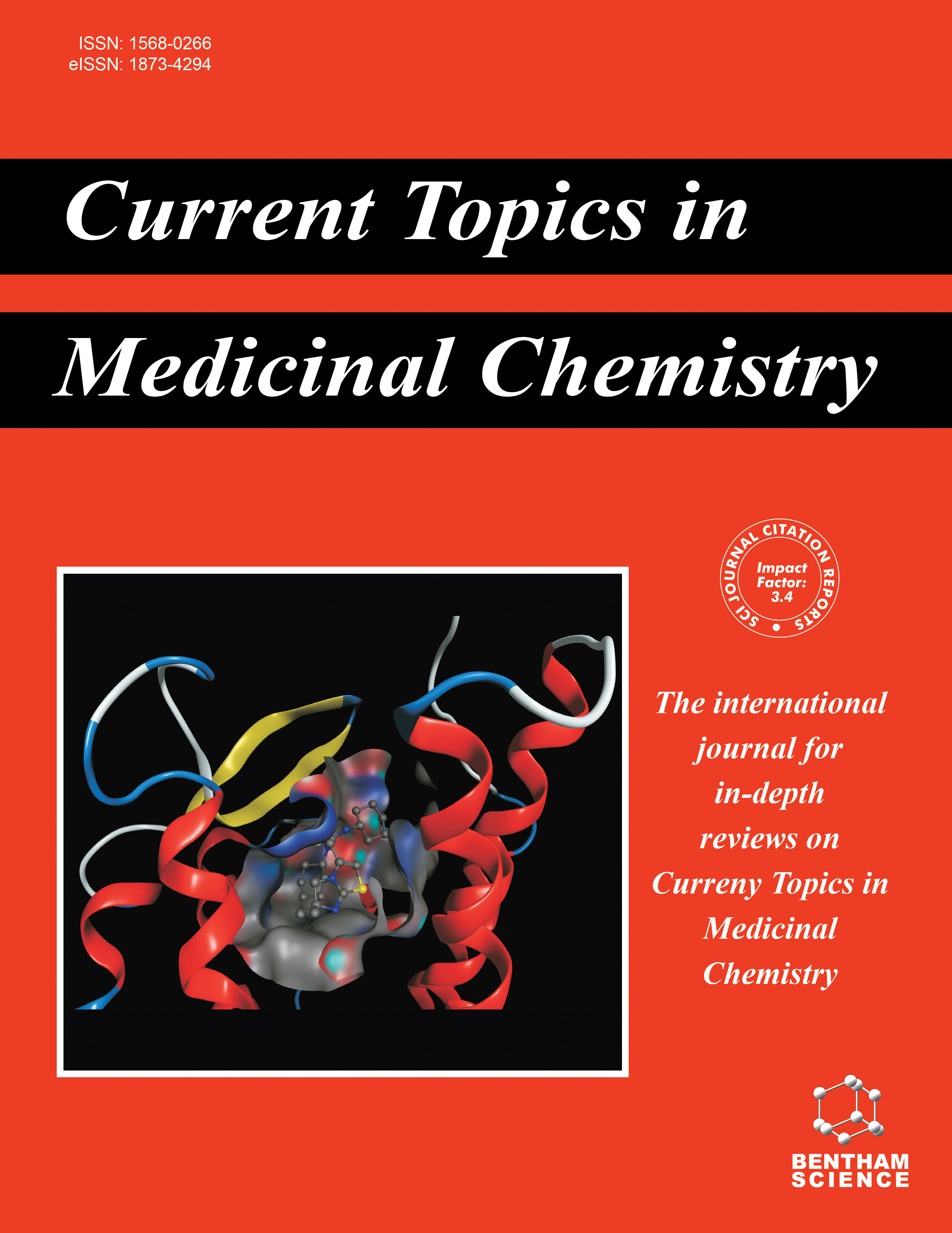
Full text loading...

Oxidative stress plays a critical role in many diseases, making it essential to study its impact on disease progression. However, clinical trials have many limitations and, in some cases, may not be possible at all. In this case, the development of in vivo models is highly anticipated. This is especially relevant for neurodegenerative diseases. Drosophila melanogaster models have a number of advantages over many other animal models, including the availability and cost-effectiveness of breeding, the accumulated knowledge of the Drosophila genome, and the ability to manipulate a large number of individuals. The latter allows for rapid screening and in-depth studies of potential therapeutic agents, including natural compounds with antioxidant activity. This review describes genetic models of such pathologies as Parkinson’s disease, Huntington’s disease, Alzheimer’s disease and hereditary spastic paraplegia created on Drosophila melanogaster. Studies conducted on such models are presented with an emphasis on the role of oxidative stress analysis. Oxidative stress is proven to be a link between neurodegenerative and metabolic diseases. In addition, studies on Drosophila melanogaster have been analyzed, in which the prospects of natural compounds as therapeutic agents for neurodegenerative and metabolic diseases have been demonstrated.

Article metrics loading...

Full text loading...
References


Data & Media loading...